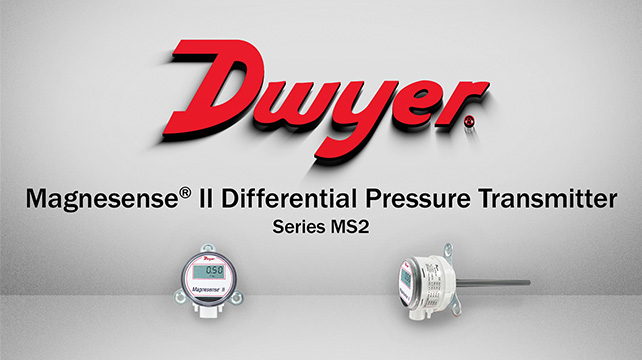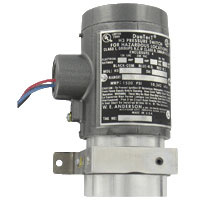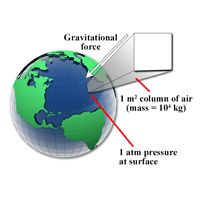Condensation Issues in Instrumentation Enclosures and How to Prevent Them
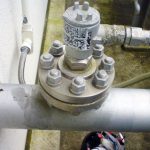 Many Dwyer Instruments, Inc. electrical products are connected to the receiver and power supply with wires that are run through electrical conduits. Often, the conduit passes through multiple ambient temperature zones in the building or plant installation.
Many Dwyer Instruments, Inc. electrical products are connected to the receiver and power supply with wires that are run through electrical conduits. Often, the conduit passes through multiple ambient temperature zones in the building or plant installation.
These temperature changes can cause water vapor condensation inside the conduit.
If this condensation flows into or forms in the instrument, it can create electrical shorts or lead to corrosion that can create an instrument failure. Continue reading “Condensation Issues in Instrumentation Enclosures and How to Prevent Them”
Reducing Lead in Animal Watering Systems
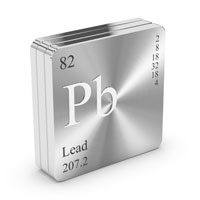 One of the most harmful and common substances to greatly affect people’s health is lead. Lead is a carcinogen which can be found in some percentage of most everyday materials. Varying forms of lead exposure can come from paint in older homes, dust, soil, and drinking water. To avoid health risk, individuals should take precautions to reduce or eliminate the possibilities of exposure. Ensuring and minimizing livestock and poultry exposure to lead contaminants helps to reduce human exposure via the food supply. Continue reading “Reducing Lead in Animal Watering Systems”
One of the most harmful and common substances to greatly affect people’s health is lead. Lead is a carcinogen which can be found in some percentage of most everyday materials. Varying forms of lead exposure can come from paint in older homes, dust, soil, and drinking water. To avoid health risk, individuals should take precautions to reduce or eliminate the possibilities of exposure. Ensuring and minimizing livestock and poultry exposure to lead contaminants helps to reduce human exposure via the food supply. Continue reading “Reducing Lead in Animal Watering Systems”
The Intricacy of Proper Instrumentation in Cleaning Produced Water
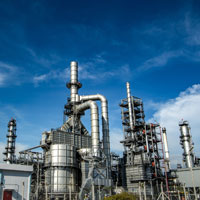 The cleaning of produced water during oil and gas production and exploration is a crucial, although costly endeavor. In the process of bringing oil and gas up to the surface from a well, several byproducts are also produced. Water is the largest of these byproducts by volume, with 882 billion gallons produced per day. This produced water contains a variety of other compounds and substances, including organic and inorganic compounds, grease, bacteria, and dissolved solids such as iron. Continue reading “The Intricacy of Proper Instrumentation in Cleaning Produced Water”
The cleaning of produced water during oil and gas production and exploration is a crucial, although costly endeavor. In the process of bringing oil and gas up to the surface from a well, several byproducts are also produced. Water is the largest of these byproducts by volume, with 882 billion gallons produced per day. This produced water contains a variety of other compounds and substances, including organic and inorganic compounds, grease, bacteria, and dissolved solids such as iron. Continue reading “The Intricacy of Proper Instrumentation in Cleaning Produced Water”
What is Pressure and How is it Referenced?
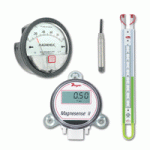 Many Dwyer Instruments, Inc. products sense and measure pressure. This includes: gages, manometers, transmitters and switches.
Many Dwyer Instruments, Inc. products sense and measure pressure. This includes: gages, manometers, transmitters and switches.
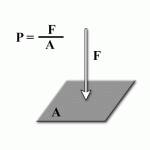 Pressure is the amount of force acting on a specific area and is equal to the force divided by the area.
Pressure is the amount of force acting on a specific area and is equal to the force divided by the area.
There are many types of pressure that are used and measured, including: atmospheric, absolute, gage, vacuum, differential and hydrostatic. Continue reading “What is Pressure and How is it Referenced?”

